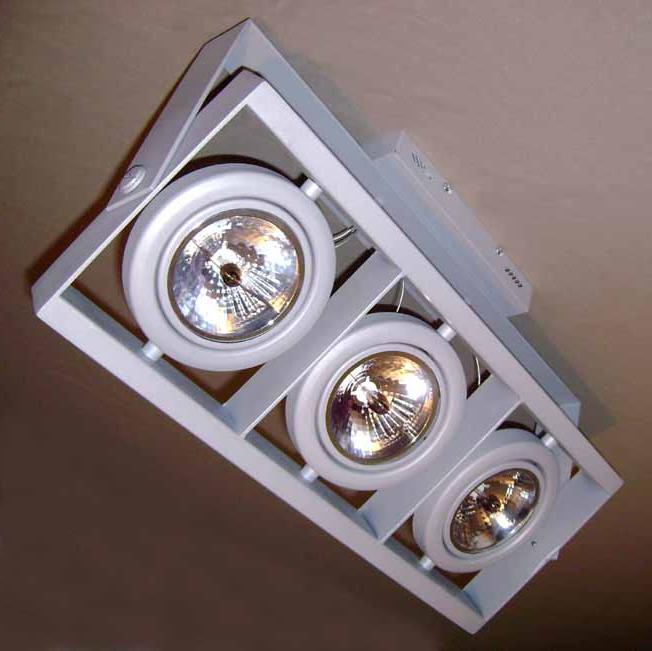Quality lighting as a factor in increasing labor productivity
On the exceptional importance of lighting is knownlong. It has been established that up to 90% of information about the world around us is obtained by sight. Lighting in this case is of particular importance not only for efficiency, but also for the psyche, the emotional state. For this reason, it is so important to ensure visual comfort for employees.
High-quality lighting in offices should be in the first placefunctional. You can not ignore the style of the room, but first of all it is important to pay attention to the level of illumination, distribution of brightness, color temperature, color rendition and limitation of the blinding effect. All these indicators have precisely set digital parameters.

The best decision
To provide increased light flux, the optimal choice will be L-office. They are perfect for offices, offices and other public buildings. Among the main advantages of these devices are the following:
- Universal fasteners provide fast andsimple installation. Due to design features, L-office LED lights can be installed not only in recessed ceilings, but also on any suitable surface.
- The housing of the luminaires is made of special plastic, which makes it possible to reduce their weight by half in comparison with existing analogues.
- Uniform and soft light is provided thanks to the OSRAM Duris E5 LED and the Novattro Prism optical light diffuser, developed in conjunction with LEDEL specialists.
- The coefficient of pulsation of the LED fluxis less than 1%. Such high-quality lighting allows minimizing the burden on the visual organs and maintaining labor productivity at a high level.
Applied technologies
LED lights L-office are created In cooperation with the German company OSRAM OptoSemiconductors - one of the leading manufacturers of LEDs for lighting devices. To ensure commercial and office lighting, the OSRAM DURIS LEDs will be the best choice. These devices allow you to get a comfortable indoor light.

using the LEDs of the specified serieshave a high radiation efficiency. With an operating current of 65 mA, it is 145 lm / W. The compact dimensions of the devices make it possible to obtain uniform light.
Artificial lighting in offices is recommended as close as possible to the natural. For this purpose, it is best to buy LED lights and arrange them in rows on the ceiling parallel to the window openings. Thus, the coincidence of the directions of natural and artificial light will be eliminated.
A single-valued solution to the question of illumination is notexist. This is explained by the fact that the office space is a complex system, the components of which are designed for different types of activities, therefore, they are issued in different ways.



